Are you ready for an adventure? Brace yourself as we embark on a journey to explore the raw and awe-inspiring beauty of Iceland’s volcanic landscape. In this article, we’ll delve into the top ten most amazing volcanoes in Iceland, each with its own unique charm and geological wonders. From explosive eruptions to stunning lava fields, Iceland’s volcanoes offer a captivating experience for nature enthusiasts and thrill-seekers alike. So, let’s grab our hiking boots, pack our cameras, and get ready to witness the power and majesty of these incredible volcanoes!
Introduction
Iceland, known as the “Land of Fire and Ice,” is a geological wonderland with over 30 active volcanoes. Situated on the Mid-Atlantic Ridge, a divergent tectonic plate boundary, Iceland experiences frequent volcanic activity, making it a hotbed for volcanic exploration. The country’s volcanoes have shaped its unique landscapes, creating majestic glaciers, black sand beaches, and steaming geothermal areas. In this article, we will discover the ten most amazing volcanoes in Iceland, each with its own fascinating story and natural marvels.
1. Eyjafjallajökull: The Fiery Eyrie
Eyjafjallajökull, although notoriously difficult to pronounce, gained worldwide attention in 2010 with its dramatic eruption. This stratovolcano, located in southern Iceland, is covered by an ice cap, creating a stunning contrast between fire and ice. The eruption caused widespread disruption to air travel due to the massive ash cloud it produced, reminding us of the volatile nature of Iceland’s volcanic landscape.
Fun Fact: Eyjafjallajökull translates to “Island Mountain Glacier” in Icelandic.
2. Hekla: The Gateway to Hell
Hekla, also known as the “Gateway to Hell,” is one of Iceland’s most active and legendary volcanoes. With a history of over 20 eruptions since the ninth century, Hekla has earned its reputation as one of the most dangerous volcanoes in Iceland. Despite its fearsome reputation, this stratovolcano offers a mesmerizing sight with its towering cone and surrounding lava fields.
Fun Fact: Hekla’s eruptions were once believed to be the gates of hell opening.
3. Katla: The Ice Cave Enigma
Deep beneath the mighty Mýrdalsjökull glacier lies Katla, a volcano that has been slumbering for over a century. Katla’s icy cover conceals a hidden world of ice caves and crystal blue formations, making it a popular destination for adventurous explorers. However, don’t be fooled by its quiet demeanor—Katla has the potential to unleash massive eruptions that could rival those of its fiery neighbor, Eyjafjallajökull.
Fun Fact: Katla is named after an evil sorceress in Icelandic folklore.
4. Askja: The Lunar Landscape
Step into another world as you venture into the surreal landscapes of Askja. Located in the remote Highlands of Iceland, Askja is a volcanic caldera that offers an otherworldly experience. With its moon-like terrain, turquoise crater lakes, and the famous Víti explosion crater, Askja provides a glimpse into the geological forces that shape our planet.
Fun Fact: NASA astronauts trained in Askja’s rugged terrain to prepare for their moon missions.
5. Krafla: The Geothermal Wonderland
Prepare to be amazed by the geothermal wonders of Krafla, a volcanic system nestled in Iceland’s northeast region. This volcanic area boasts steaming fumaroles, bubbling mud pots, and vibrant sulfur deposits, showcasing the incredible power and energy beneath the Earth’s surface. Visitors can even soak in the soothing waters of the nearby Mývatn Nature Baths, a geothermal spa renowned for its healing properties.
Fun Fact: The Krafla Fires in the 1970s lasted for nearly a decade, releasing vast amounts of lava and reshaping the landscape.
6. Snæfellsjökull: The Crown Jewel of Snæfellness Peninsula
Rising majestically from the Snæfellness Peninsula, Snæfellsjökull is a glacial-capped stratovolcano shrouded in mysticism and folklore. This iconic volcano gained worldwide fame as the setting for Jules Verne’s novel, “Journey to the Center of the Earth.” The surrounding Snæfellsjökull National Park offers a haven for nature lovers, with its diverse wildlife, lava fields, and stunning coastal cliffs.
Fun Fact: Snæfellsjökull is believed to be one of Earth’s seven energy centers.
7. Eldfell: The Fiery Mountain of Heimaey Island
Eldfell, meaning “Mountain of Fire,” is a testament to the resilience of the Icelandic people. This volcano emerged unexpectedly in 1973, causing the evacuation of the entire population of Heimaey Island. The eruption lasted for several months, transforming the island’s landscape and forever leaving its mark on the local community. Today, visitors can hike to the summit of Eldfell and witness the island’s remarkable recovery.
Fun Fact: The eruption of Eldfell led to the creation of a new harbor, increasing the economic importance of Heimaey Island.
8. Grímsvötn: The Subglacial Powerhouse
Beneath the vast Vatnajökull ice cap lies the mighty Grímsvötn, Iceland’s most active volcano. This subglacial volcano produces powerful eruptions, generating towering plumes of ash and steam. Grímsvötn’s eruptions often trigger massive floods known as jökulhlaups, as melting glacial ice mixes with volcanic heat. Despite its volatile nature, this volcano continues to captivate scientists and adventurers with its raw power.
Fun Fact: Grímsvötn is part of the Vatnajökull National Park, Europe’s largest national park.
9. Laki: The Volcanic Cataclysm
Prepare to be astounded by the catastrophic eruption of Laki in 1783. This fissure volcano unleashed one of the most devastating volcanic events in recorded history, causing widespread famine and a significant impact on global climate. Today, visitors can explore the remnants of Laki’s volcanic fissure and marvel at the unique landscape it left behind.
Fun Fact: Laki’s eruption is believed to have contributed to a drop in global temperatures, leading to crop failures in Europe.
10. Reykjanes Peninsula: The Bridge between Continents
We conclude our volcanic journey with the geological marvel that is the Reykjanes Peninsula. Located on the southwestern tip of Iceland, this volcanic region offers a glimpse into the forces shaping our planet. The recent eruption of the Fagradalsfjall volcano on the peninsula attracted worldwide attention, allowing visitors to witness the birth of new land firsthand.
Fun Fact: The Reykjanes Peninsula is part of the Mid-Atlantic Ridge, the boundary between the North American and Eurasian tectonic plates.
Conclusion
Iceland’s volcanoes are a testament to the planet’s fiery and dynamic nature. From the notorious Eyjafjallajökull to the mystical Snæfellsjökull, each volcano offers a unique experience for adventurers and nature enthusiasts. Whether you’re captivated by the raw power of explosive eruptions or drawn to the serene beauty of lava fields and ice caves, Iceland’s volcanoes are sure to leave an indelible impression. So, don’t miss the chance to witness the 10 most amazing volcanoes in Iceland and immerse yourself in the wonders of this geological paradise.
Frequently Asked Questions (FAQs)
1. Are the volcanoes in Iceland dangerous? Yes, Iceland’s volcanoes can be dangerous due to their potential for eruptions and associated hazards such as ash clouds, lava flows, and glacial floods. However, with proper precautions and guidance, visiting these volcanoes can be a safe and thrilling experience.
2. Can I hike to the summit of these volcanoes? The accessibility of each volcano varies. While some volcanoes like Eyjafjallajökull and Hekla are challenging to climb, others like Snæfellsjökull and Eldfell offer hiking opportunities. It’s important to research and plan accordingly, considering factors such as weather conditions and local regulations.
3. How often do these volcanoes erupt? The frequency of eruptions varies for each volcano. Some volcanoes, like Hekla and Grímsvötn, are known for their regular eruptions, while others may remain dormant for longer periods. Monitoring and research by Icelandic authorities help in predicting and preparing for volcanic activity.
4. Can I visit volcanic caves in Iceland? Yes, Iceland is home to numerous volcanic caves formed by lava flows. These caves, such as the Vatnshellir Cave and Leiðarendi Cave, offer a unique underground experience where visitors can witness lava formations and geological wonders.
5. What should I pack when visiting these volcanoes? When visiting volcanoes in Iceland, it’s essential to pack appropriate clothing for the unpredictable weather, including waterproof and windproof layers. Sturdy hiking boots, a backpack with essential supplies, a camera, and a sense of adventure are also recommended.
6. Are there guided tours available for exploring these volcanoes? Yes, there are various guided tours available that offer the opportunity to explore Iceland’s volcanoes with experienced guides. These tours provide valuable insights into the geological significance of each volcano while ensuring safety during the exploration.





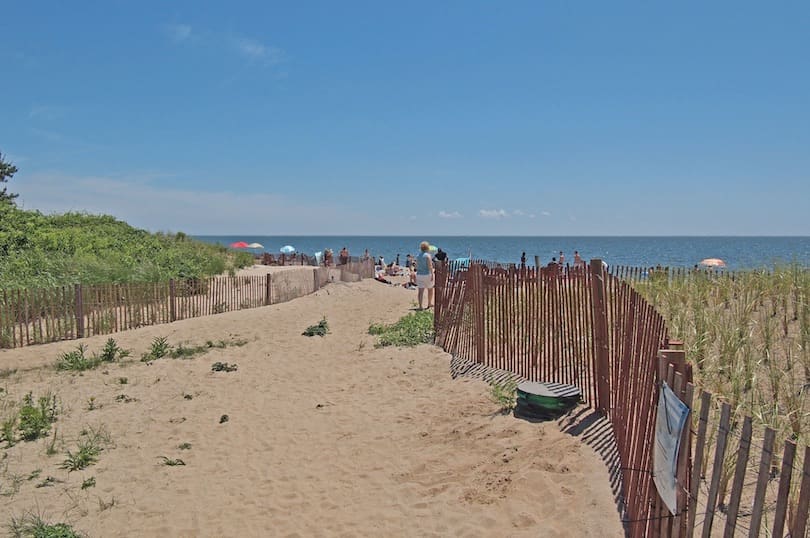

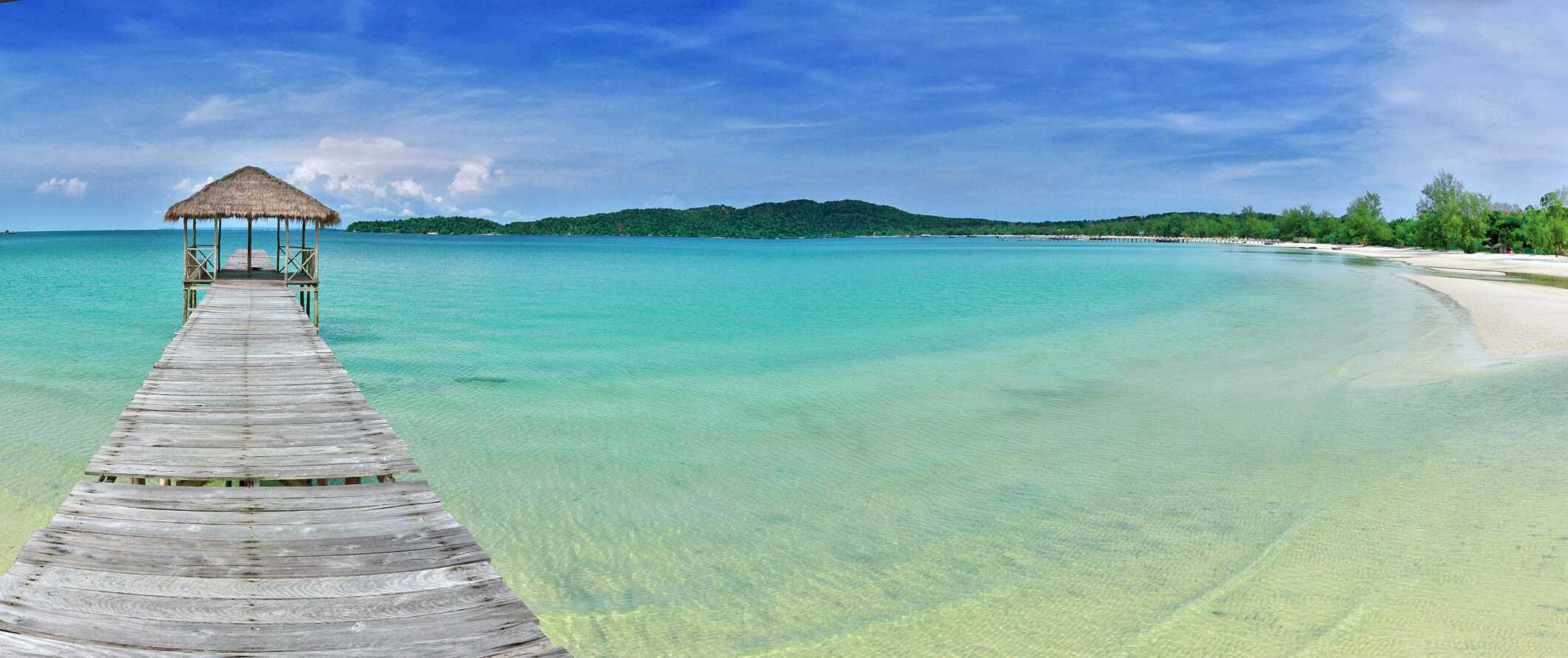

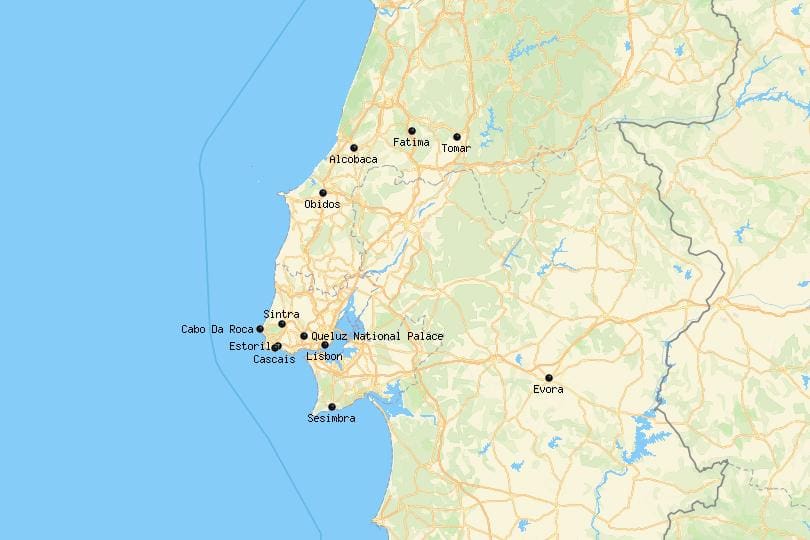
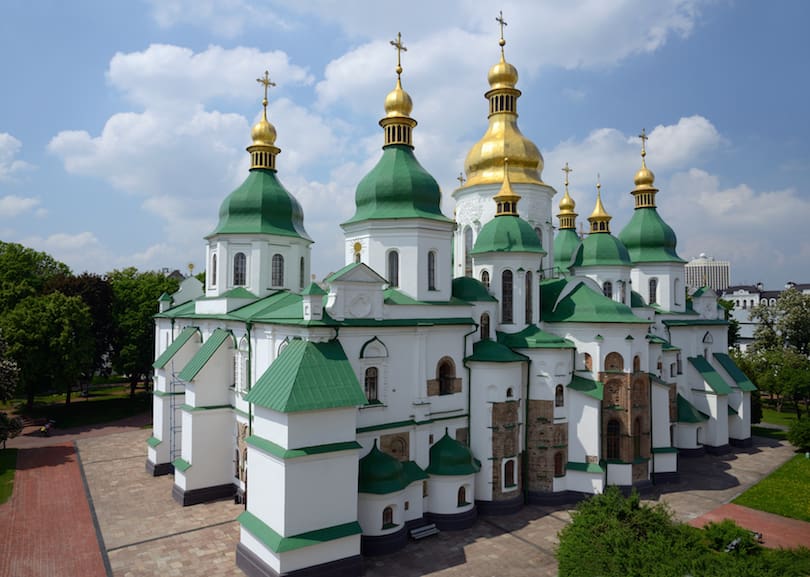


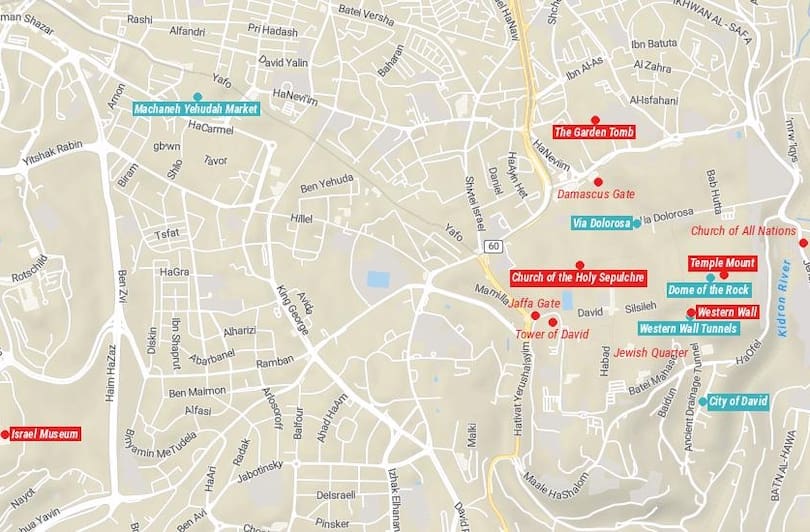
I am not really good with English but I find this really leisurely to read .
I don’t even know how I ended up here, but I thought this post was great. I don’t know who you are but definitely you are going to a famous blogger if you aren’t already ;) Cheers!
very nice post, i actually love this web site, keep on it
Este site é realmente fantástico. Sempre que consigo acessar eu encontro coisas diferentes Você também vai querer acessar o nosso site e descobrir mais detalhes! Conteúdo exclusivo. Venha descobrir mais agora! :)
Some truly superb information, Gladiolus I discovered this. “It’s amazing what ordinary people can do if they set out without preconceived notions.” by Charles Franklin Kettering.